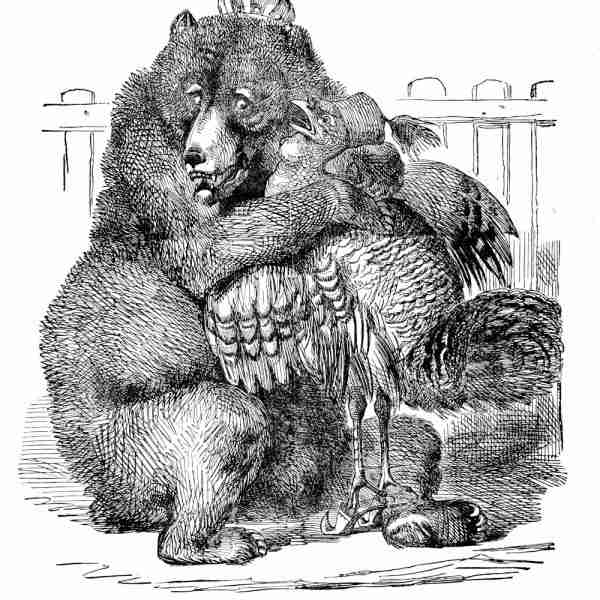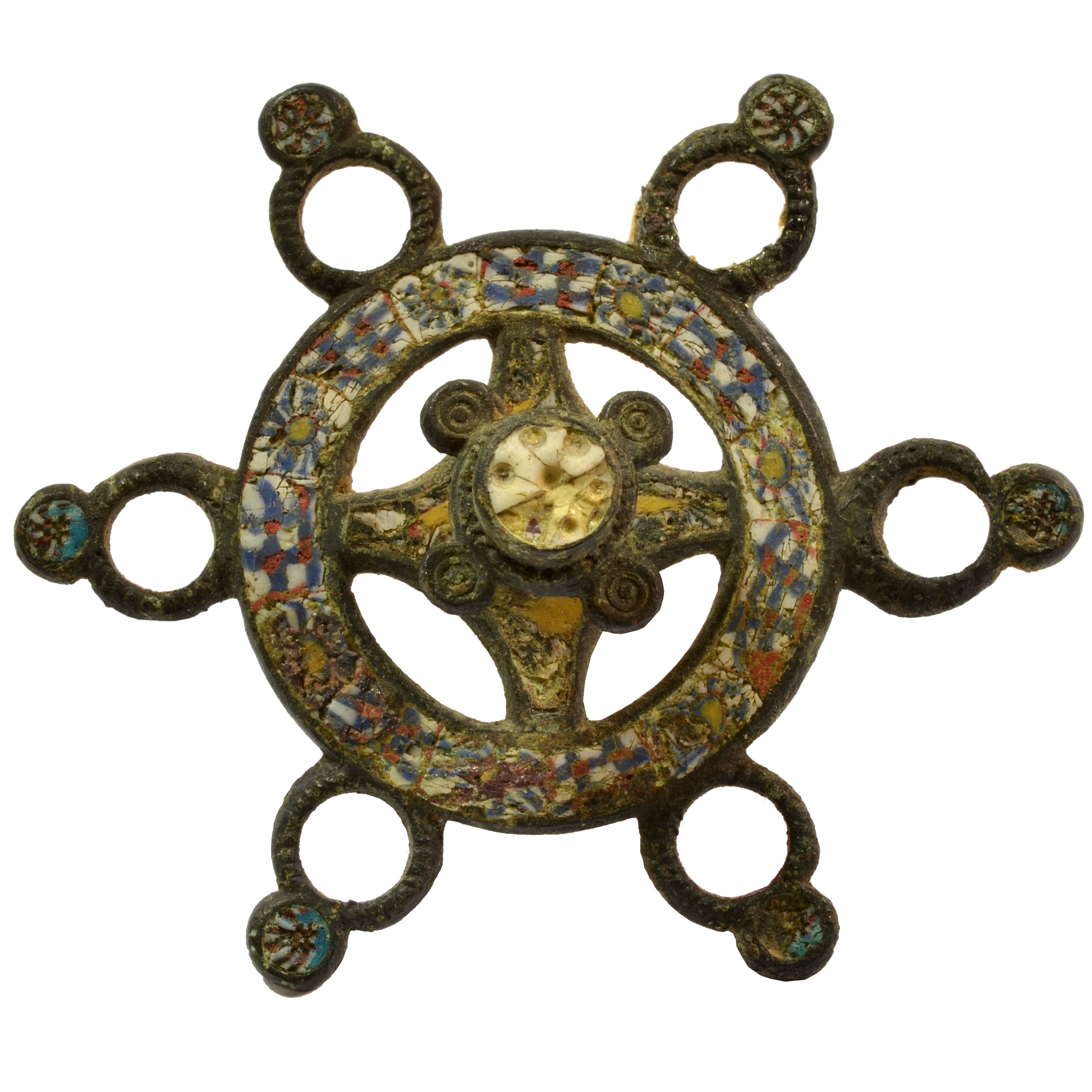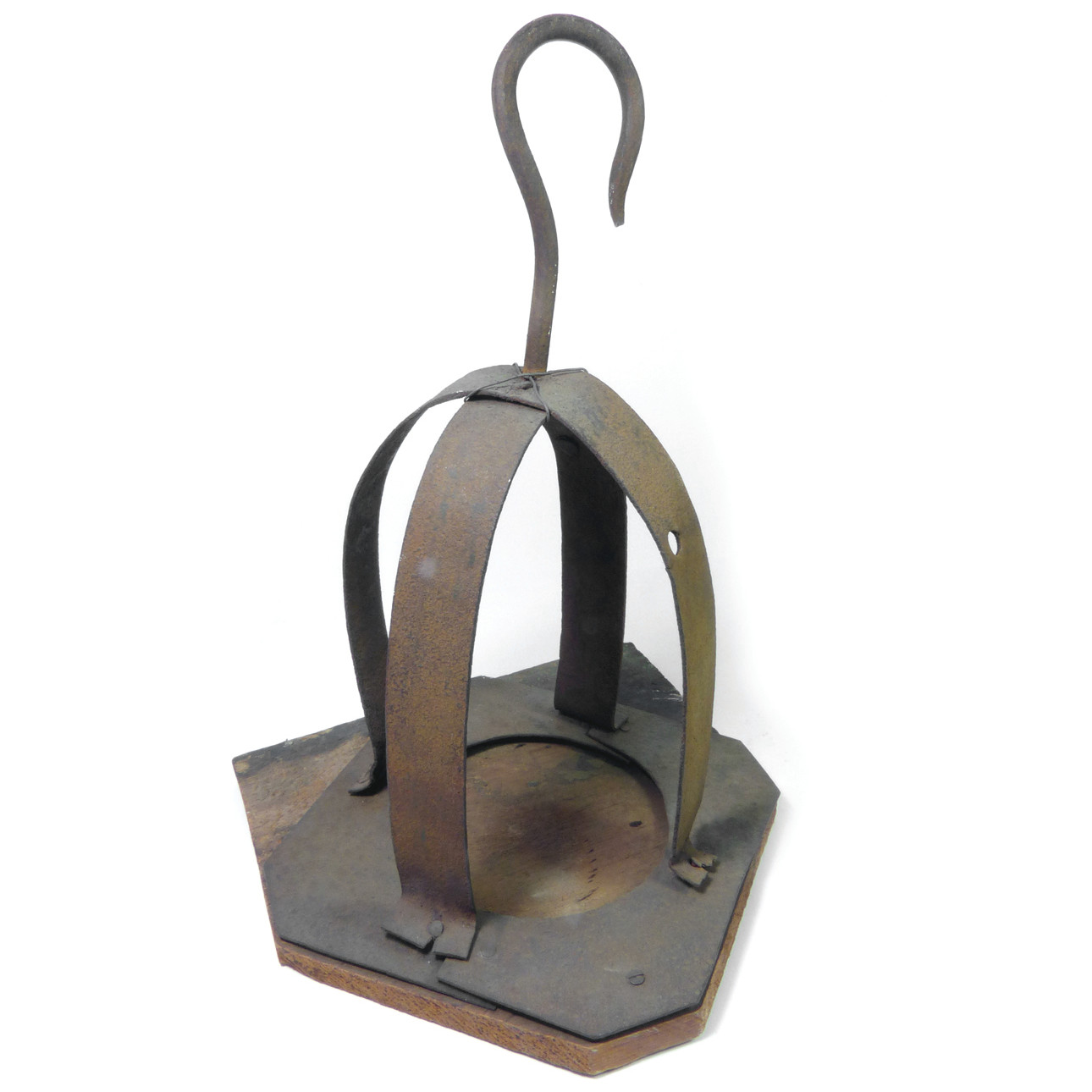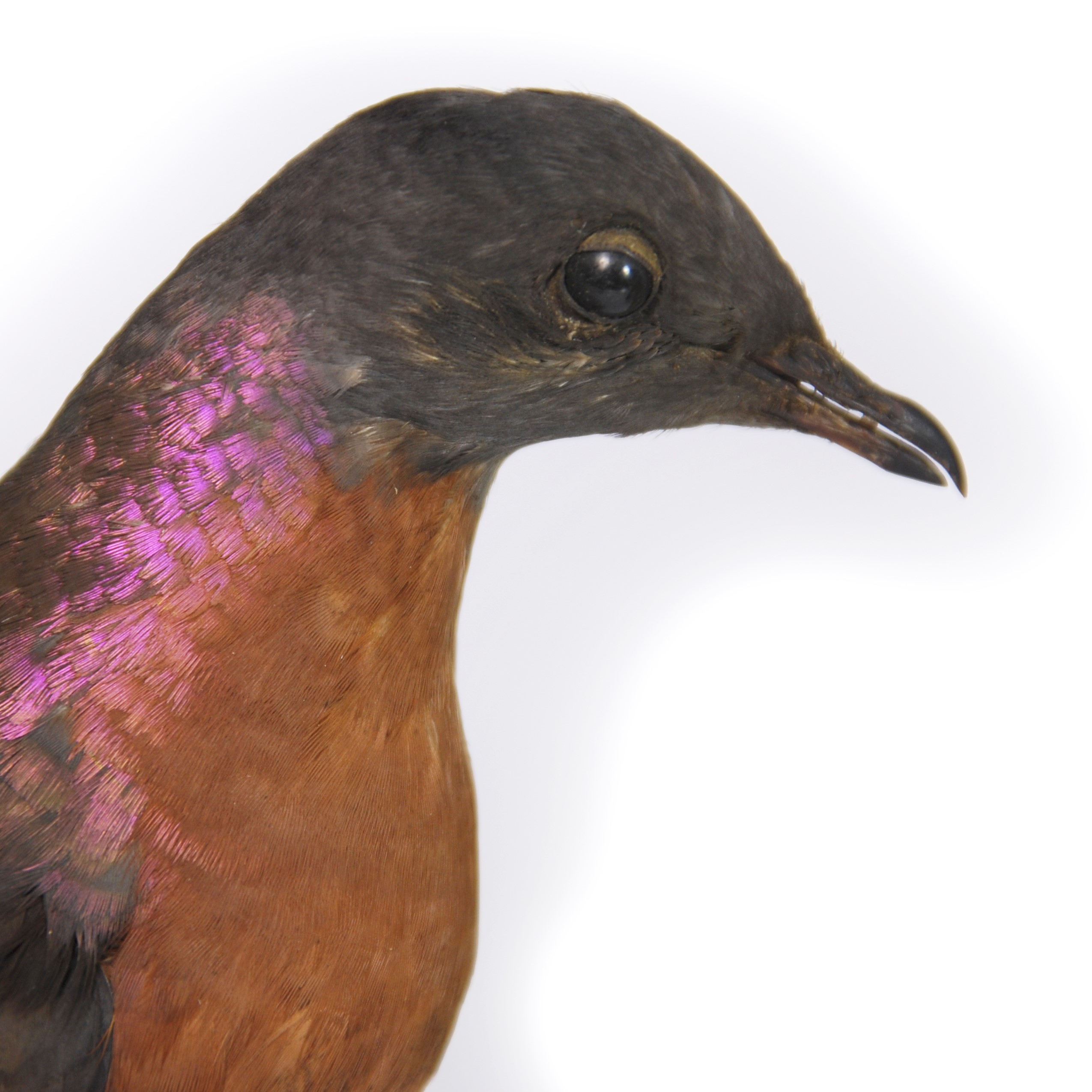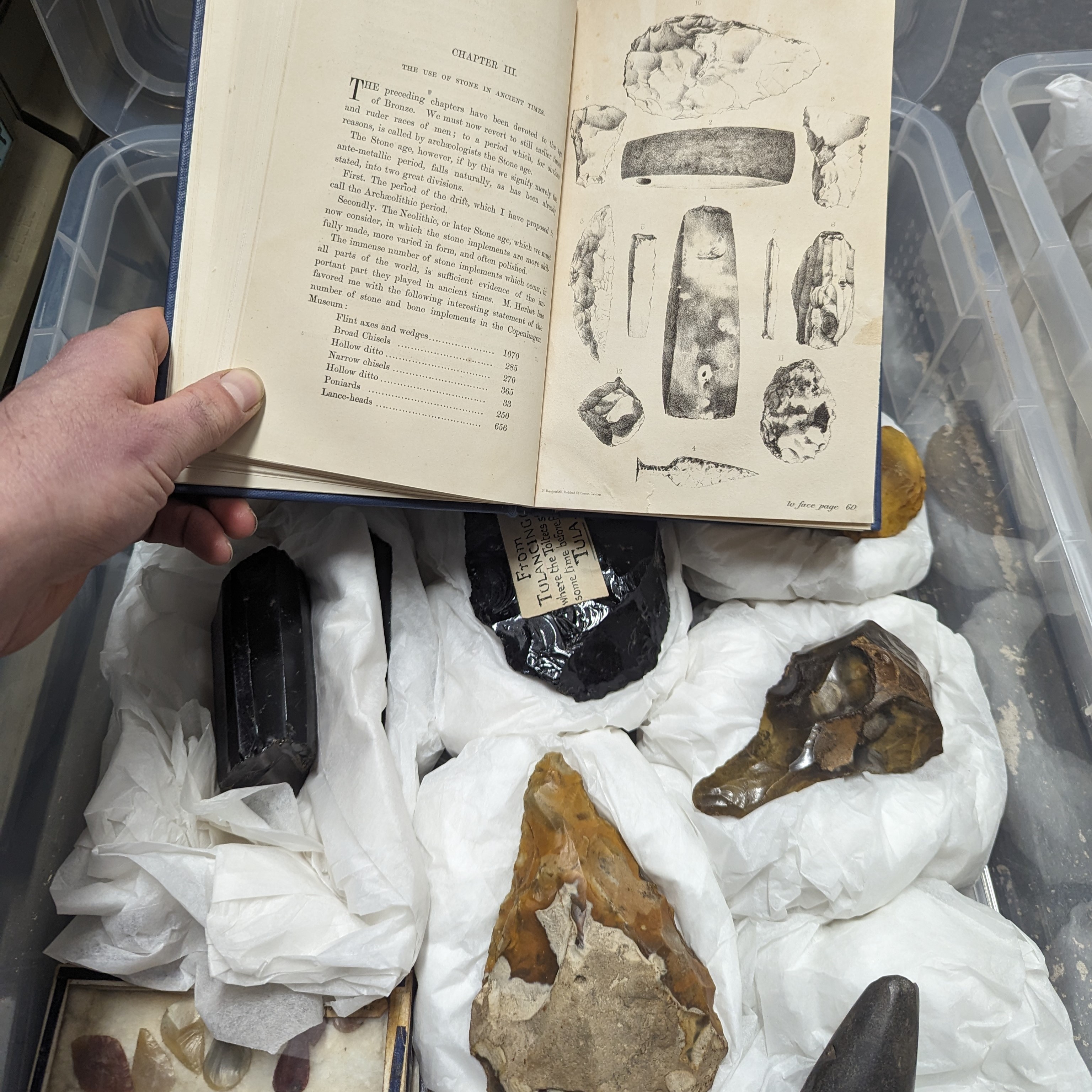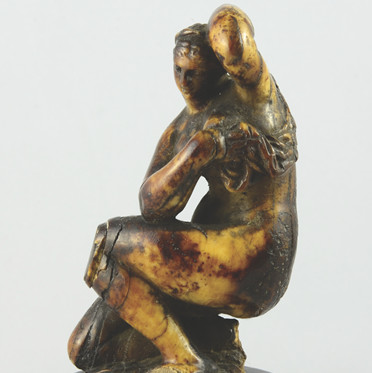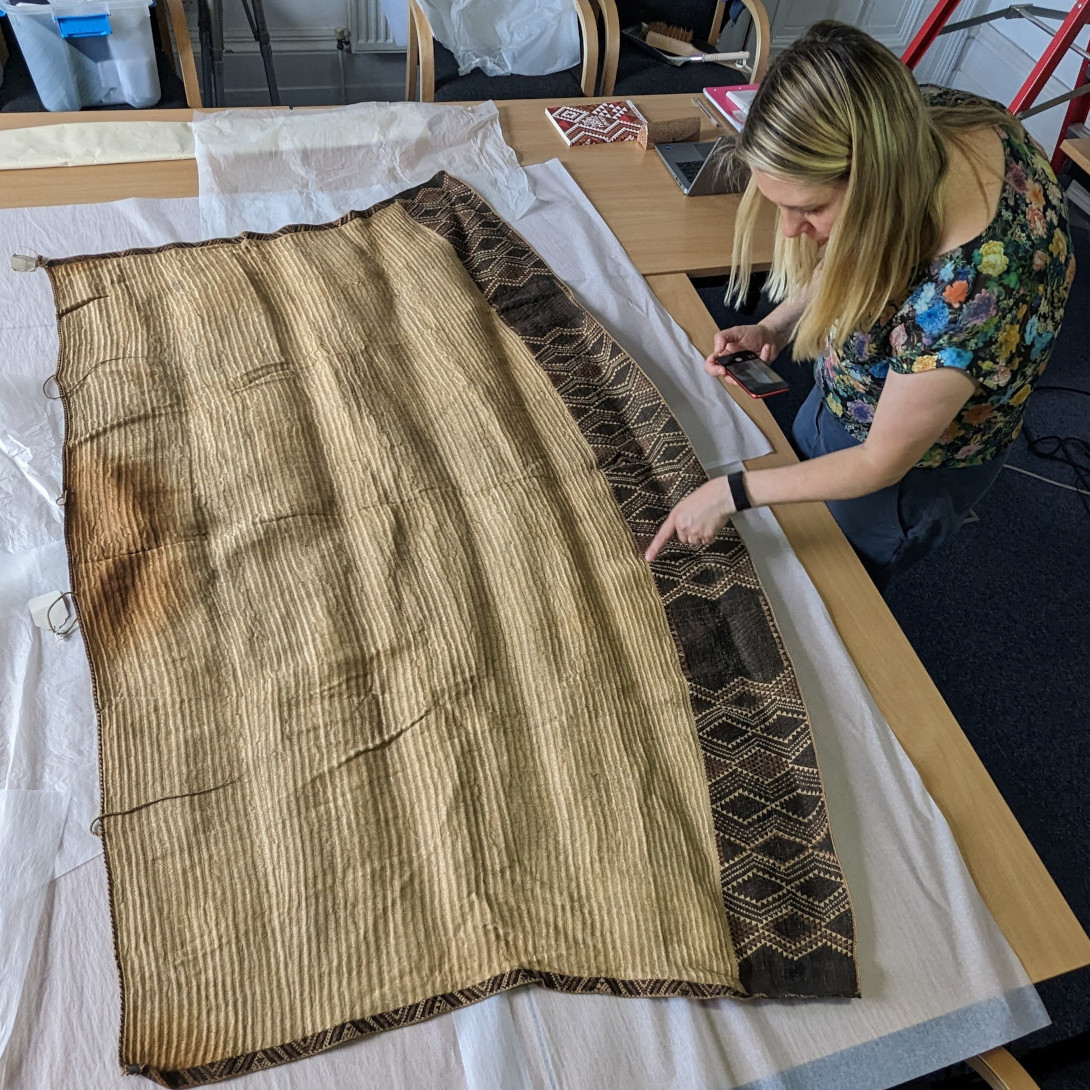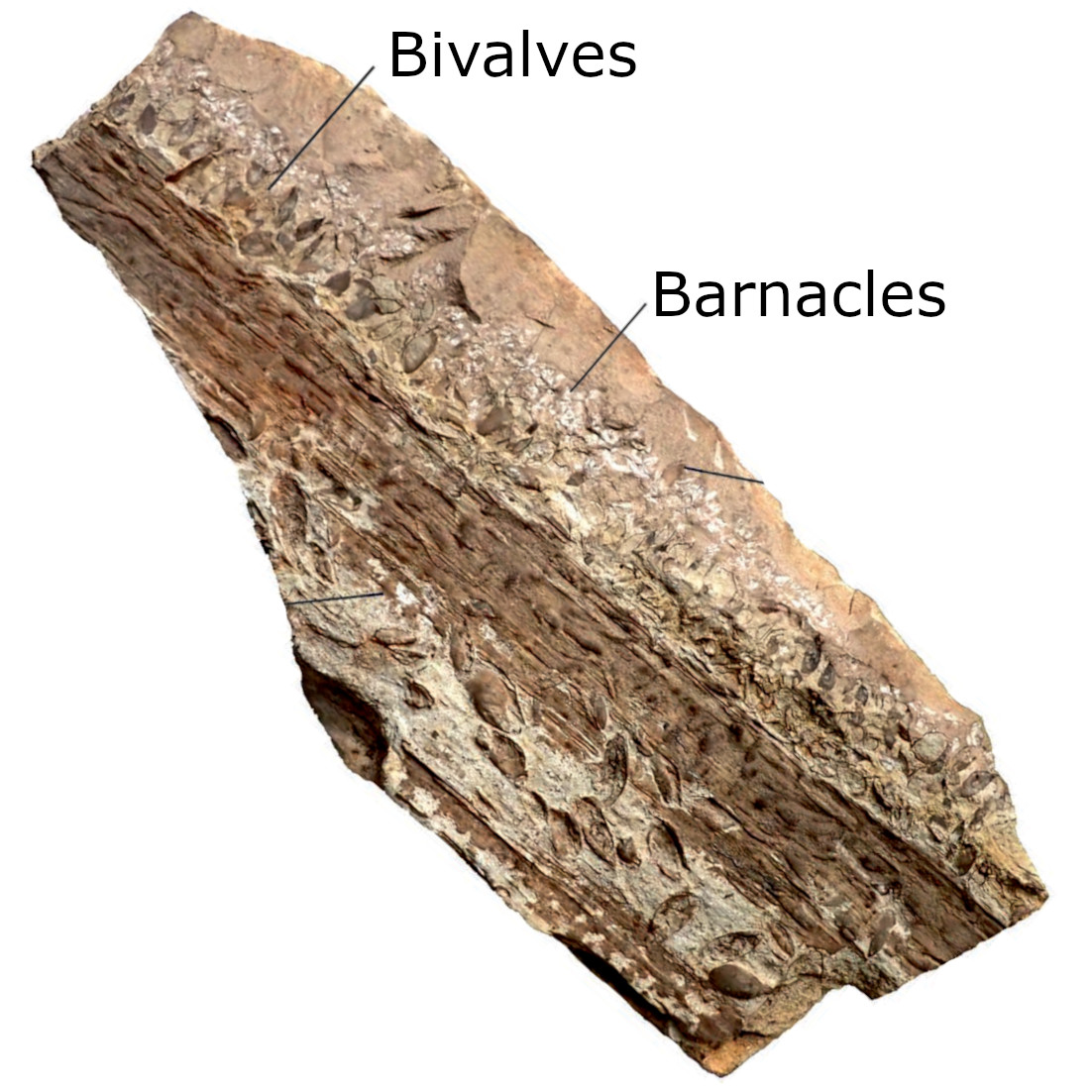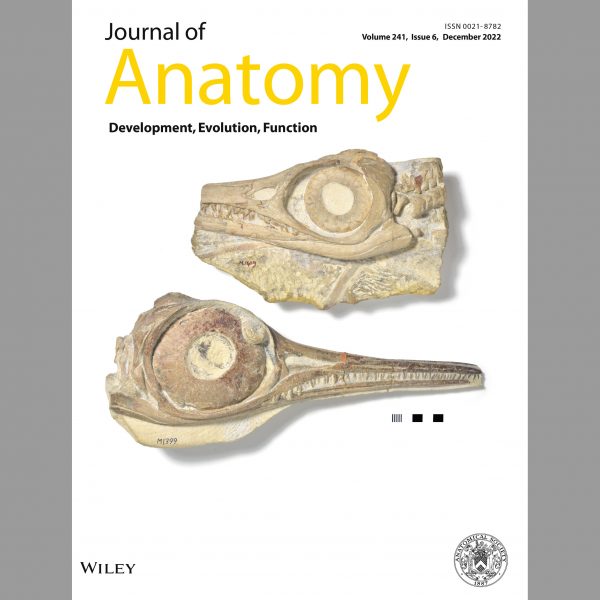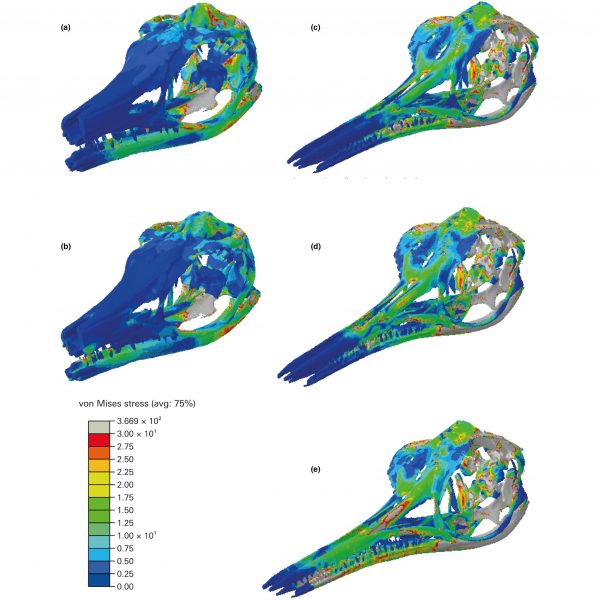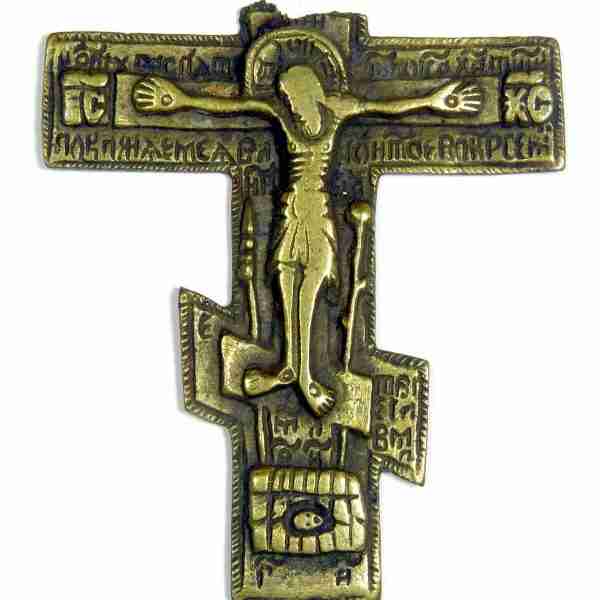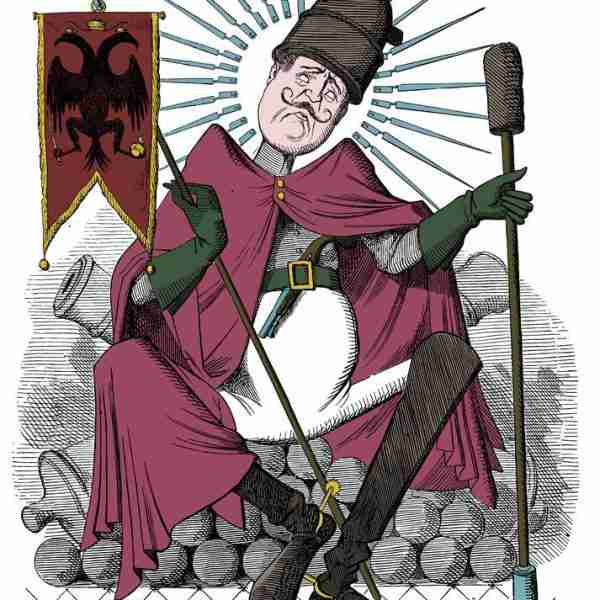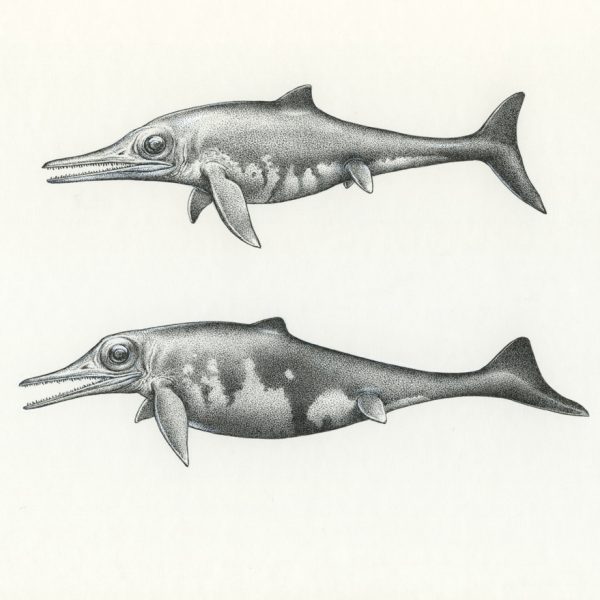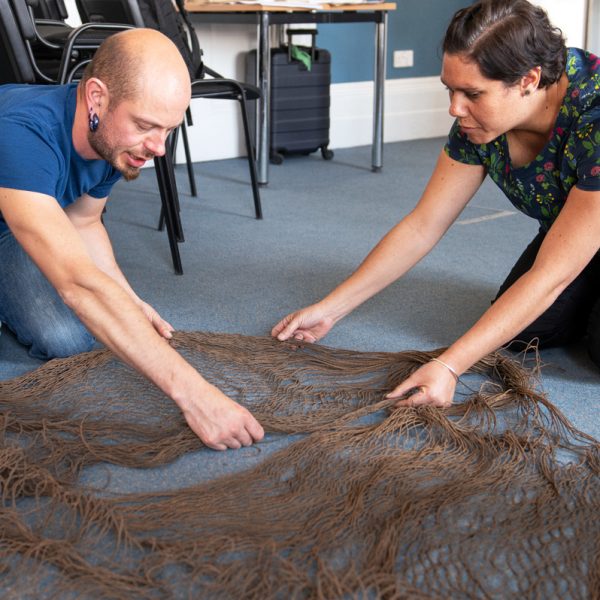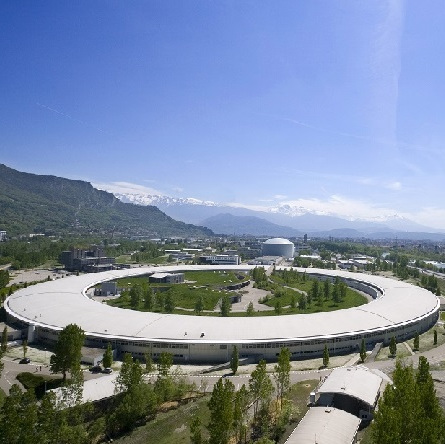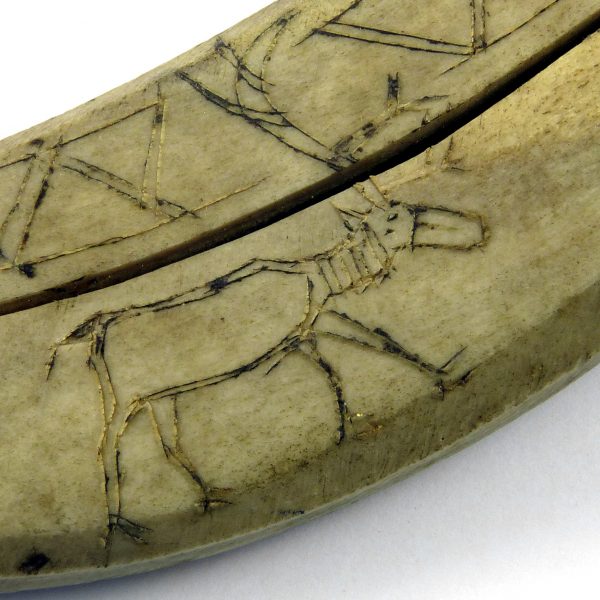Bath Royal Literary and Scientific Institution Collection is a notable and well cared for museum, library, and archive. Our museum collections span many disciplines: archaeology, ethnology, zoology, mineralogy, botany and palaeontology. The historic library is mostly focused upon the natural sciences, but also encompasses exploration, history, philosophy, and religion.
The Bath Royal Literary and Scientific Institution Collection evolved from our founding in 1824 through the generosity of many hundreds of people connected with the city of Bath. Many of the collectors’ stories are just as intriguing as the objects they donated. With so many narratives woven through the BRLSI Collection, it is bound, with careful curation and conservation, to remain a rich resource of learning and enjoyment for centuries to come. In the archives can be found every recorded aspect of the institution’s two centuries of inspiring learning for all.
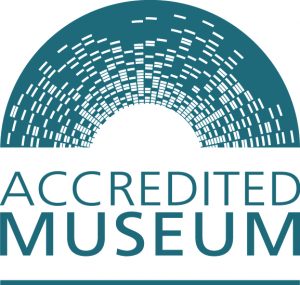
Each year the collections team make improvements in the documentation, conservation, packaging, and storage of objects, but there remains a lot of work to do and that’s why the generosity of donors is always so much appreciated.
In 2016 BRLSI Collections became an Accredited Museum with the Arts Council England, and soon after BRLSI Directors proposed further development of their display facilities to make the BRLSI Collections more accessible to the public. Work towards achieving this goal of a permanent display is ongoing.
150,000 objects
One of the most common questions asked of our Collections Manager, Matt Williams, is ‘how many items are there in the museum?’.
On the face of it, this is a simple question, but actually it’s a little hard to accurately count. There are over 63,000 catalogue entries, with each accounting for at least one specimen, artefact, book, or manuscript. In fact, many of the accession numbers account for multiple items, with an average of 2.4 objects per catalogue entries across a random sample of 100 records. Therefore, we commonly use the estimated number of 150,000 objects.
There follows a brief overview of the various divisions of Bath Royal Literary and Scientific Institutions Collections.
GEOLOGY
Palaeontology
More than 7,000 specimens from at least 2,400 species
Moore Collection: in excess of than 4,900 catalogue entries, 435 of which are Type or Figured. The fossil collection of Charles Moore (1814-1881). The Jurassic and Cretaceous are particularly well represented, but the collection spans the Cambrian to the Holocene. Particular strengths of the collection include Carboniferous coal measures material from the Radstock coal fields,an exceptionally well preserved fauna from the Toarcian (Lower Jurassic) of Strawberry Bank, Ilminster, and 32 large Jurassic marine reptiles, mostly mounted in wooden frames, on loan to the National Museum of Wales, where they were transferred for research and conservation in the 1960s.
General Palaeontology: More than 1600 catalogue entries. The collection includes the fossil and rock collection assembled by William Lonsdale (1794-1871), the Institution’s first curator. Among these are specimens originally arranged in a cabinet by William Smith for Reverend Banjamin Richardson. Other items include cave deposits from Banwell Cave, Wookey Hole, and Kent’s Cavern.
Mineralogy
2163 specimens, 740 different mineral types. The collection includes reference specimens of all the more common minerals and many rarer ones, including some very fine examples. They were collected at worldwide locations, but the collection is particularly strong in material from South-West England. Most of the collecting sites are no longer accessible.
Lithology
The Stean-Gundry collection, donated to us in 2020, comprises 2,100 rock specimens from collections across the UK and Ireland, including many important and noteworthy geological locations. As of 2022 we are documenting and sorting this collection, which has excellent associated data.
NATURAL HISTORY
Botany
c.4450 species represented by more than 12,500 specimens
The Jenyns herbarium of British plants, c.3000 specimens, is in 42 folio volumes in quarter-bound leather, as also is a volume entitled ‘Plantae Bathonienses’, which includes a number of local collectors, and probably constituted the herbarium of Bath Field Club.
The Broome herbarium, c.6600 specimens, British and European specimens.
Other herbaria include: H.H. Rich, c.1320 Mediterranean and Alpine plants; Miss Magdalena Turner, ca. 1500 British and Channel Isles algae; W.C. Young, ca. 800 Wiltshire plants. Specimens are well mounted and most in very good condition. There are also multiple duplicates of c.70 species of un-mounted exotic ferns from the Mussoori Hills of India and c.350 mounted fern specimens from around the world.
Geographical coverage: Vascular plants, c.10000 specimens, (Britain, Europe, Azores, some N.American; ferns also from India and China); Non-vascular, c.4000 specimens, (British and European mosses, liverworts, stoneworts, algae, lichens and diatoms, some exotic algae, lichens and clubmosses).
Zoology
4467 species, represented by 17,045 catalogued specimens
Shell Collection: 3715 catalogued specimens. Land, freshwater and marine shells. The latter include many exotic specimens, some quite rare. The Jenyns collection of British shells is still housed in his cabinet. Jenyns described several new species, and his collection includes type or figured specimens.
Other Invertebrates: 12479 catalogued specimens. Some material has deteriorated through past insect damage but much of the collection remains in good condition. The beetles are well represented. 8514 Coleoptera, 2949 Lepidoptera, with the remainder being mostly Hymenoptera. Other material includes several shelves of corals from the Great Barrier Reef and a small collection of British Bryozoa.
Vertebrates: Only a small remnant of a once extensive collection remains. There are 33 cases of mounted birds and mammals, some cases in a poor condition, and 19 unmounted birds. Taxidermy specimens number about 140 birds, including 2 specimens of the extinct Passenger Pigeon, and 12 mammals. There are a number of bird and animal skulls and a quantity of horns and tusks. A collection of some 700 birds’ eggs has recently been cleaned and supplied with better storage. There are also 3 swiftlet nests (of bird’s nest soup fame).
HUMAN HISTORY
Archaeology
Over 2000 catalogue records, representing many more artefacts. A sizable collection of British material, with a strong emphasis on the Roman period from the vicinity of Bath, but ranging from Early Palaeolithic to Mediaeval. Most of this has been described in the proceedings of Bath Field Club and of the Bath District of the Somerset Archaeological and Natural History Society. More than 1300 artefacts are on loan to the Roman Baths Museum. Archaeology from outside Britain include specimens from the excavation of a Swiss lake village, encaustic tiles from Iran, pottery from Central America donated by Adela Breton, and Egyptology on loan to Bristol Museum and Art Gallery.
Ethnology
Catalogued items numbering: c.340 African, c.330 American (North and South), c.430 Asian (including c.140 Oriental), c.3850 European, c.210 Oceania and Australasia. Of these there are 385 weapons, 793 pieces of currency, and 1152 containers.
Coins, Tokens, Medallions, Seals and Intaglios
Over 440 coins and tokens, 70 medallions, and 408 casts (in wax, sulphur, plaster or electrotypes) are held at the Institution. These include some important ecclesiastical seals. There are 912 wax or plaster intaglios and a boxed set of sulphur casts of mounted cameos and intaglios totalling 2080 pieces that may date from the end of the 18th century.
Fine Art
Four ceiling paintings by Andrea Casali, originally at Alderman Beckford’s ‘Fonthill Splendens’, purchased by Hastings Elwin for the Institution in 1823. Over 80 paintings, drawings, prints, etc. are on loan to the Victoria Art Gallery, Bath. A small number of prints, busts and statues are housed at the Institution. The busts include famous Bath residents: Caleb Hillier Parry, Isaac Pitman, Jerom Murch, Hastings Elwin, and Roderick Impey Murchison.
Photographic Collection
956 photographic negatives and prints from the mid-19th century, including 125 early calotype negatives by Francis Lockey depicting scenes in and around Bath. Other early photographic material includes an album of photographs of the home counties and other localities by George Hilditch, and albums of views in China and Japan presented by the Vacher family.
You can view the complete digitised Vacher-Hilditch Collection on the University of Bristol’s Historical Photographs of China website, here.
LIBRARY
Individual Collections
The scientific library of the Rev. Leonard Jenyns [later Blomefield] (1800-1893) contains 2990 catalogue entries. The botanical library Christopher Edmund Broome (1812-1886) contains 260 catalogue entries.
General Collection
5475 catalogue entries. The collection includes the libraries of the Bath Natural History and Antiquarian Field Club and the Bath District of the Somerset Archaeological and Natural History Society. These were organisations based at the Institution and their libraries were predominantly working reference libraries with much information on local history and antiquities.
Also a varied collection acquired by the Institution itself and including a large number of scientific works and periodicals that complement the libraries of Jenyns and Broome. Theology and Church history are well represented. European history is well represented and the collection includes a number of historic world atlases and English county atlases. Magazine runs, topographical works, biographies and runs of obituaries provide an insight into 19th century society. Also included is a collection of Persian manuscripts.
ARCHIVES
Archives include those of the Institution and of the Bath Natural History and Antiquarian Field Club, founded by Jenyns, Broome and Moore. The correspondence of ‘men of science’ with Leonard Jenyns was bound into four volumes by him, and transcriptions of these and other items of correspondence have been made. Correspondents include Charles Darwin, William Jackson Hooker and Joseph Dalton Hooker, John Stephens Henslow and many other influential men of the 19th century. The Jenyns Correspondence is registered with the National Register of Archives. Other items include early catalogues of the Institution’s library and collections. William Lonsdale’s ms. catalogue includes a paper on the geology of the Bath Oolite, which he later published in the Quarterly Transactions of the Geological Society. Other archives include William Smith’s 1815 geological map of England and Wales, drawings and watercolour illustrations of natural history subjects by Jenyns, some large scale drawings used by Broome and Moore in their lectures, and drawings and photographs of quarry sections and archaeological excavations.


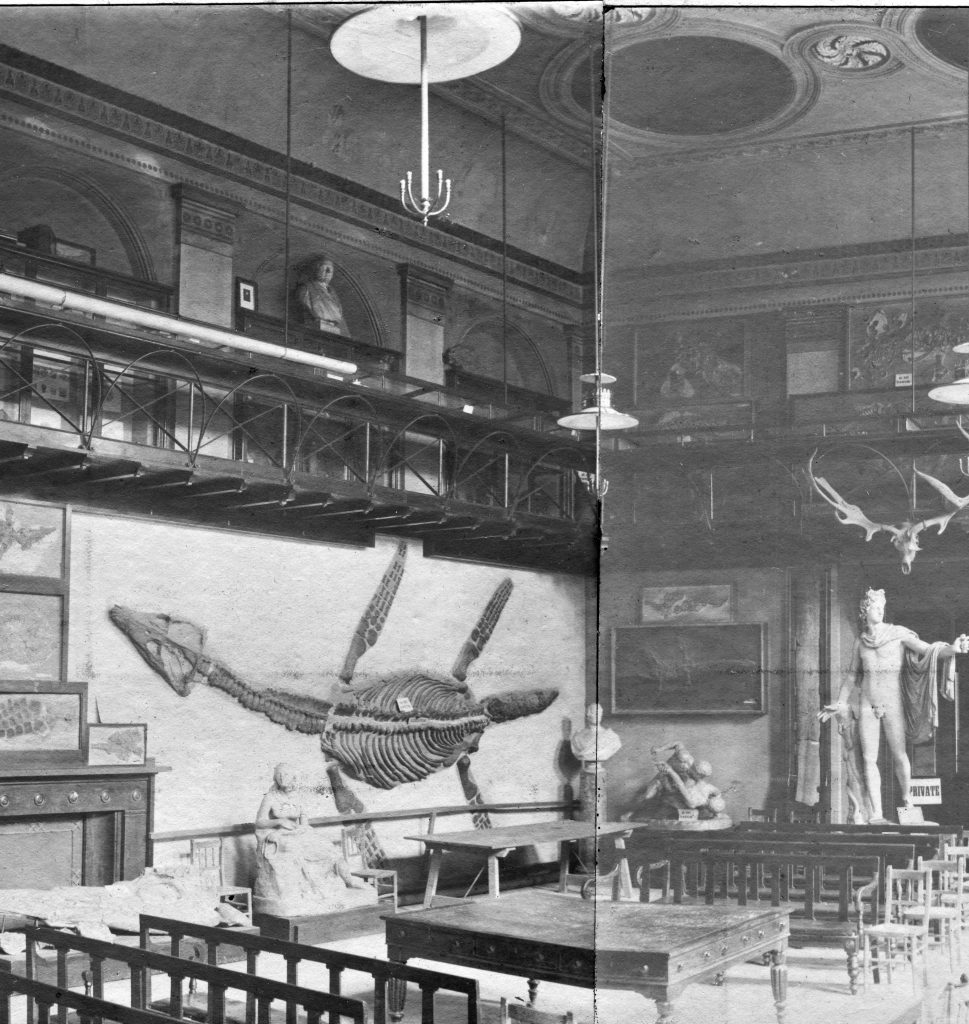

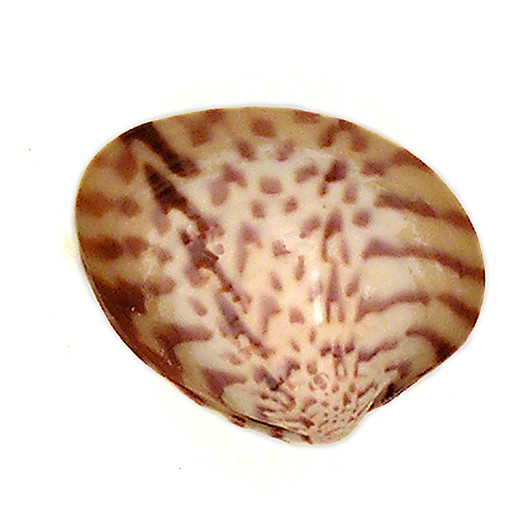
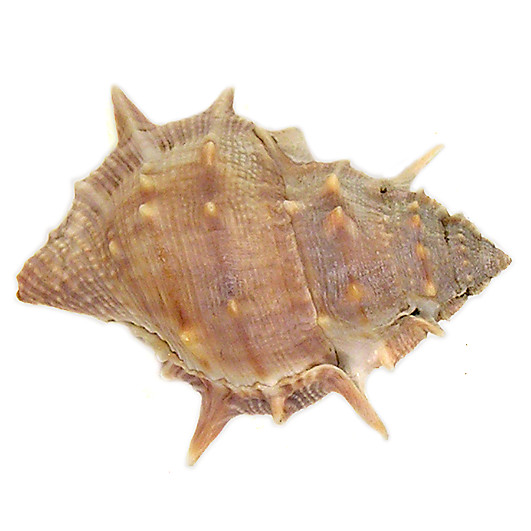



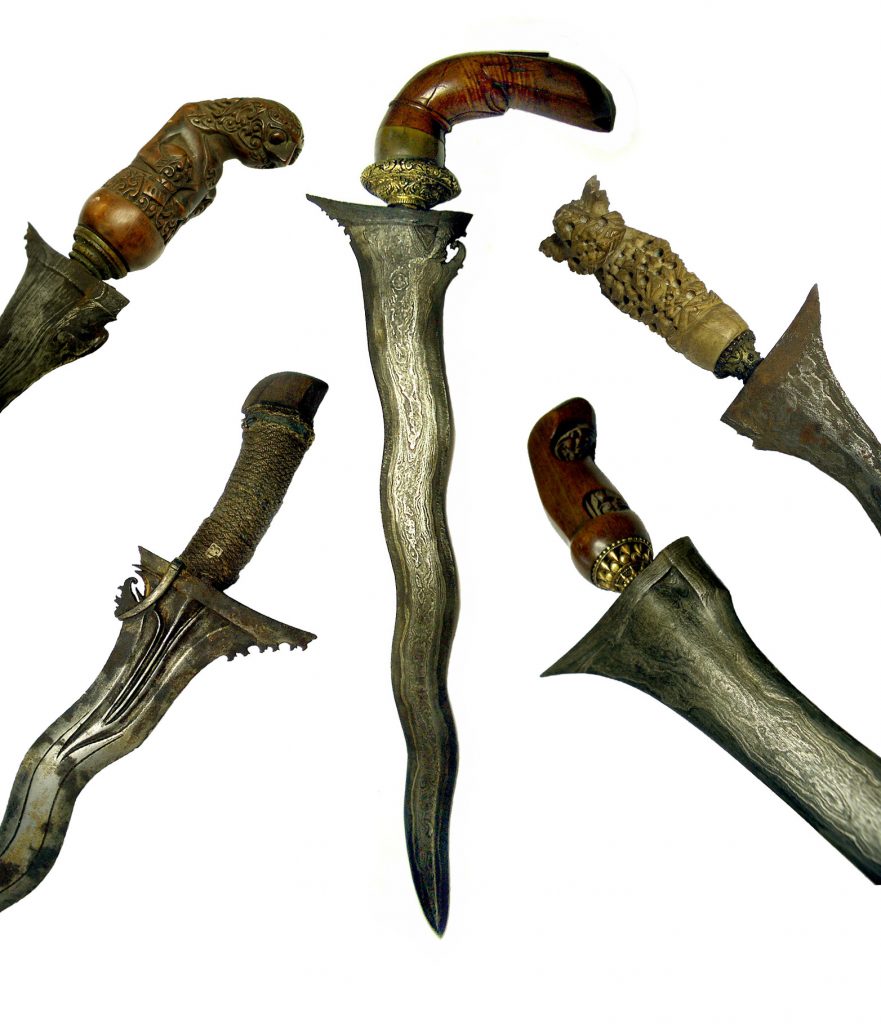
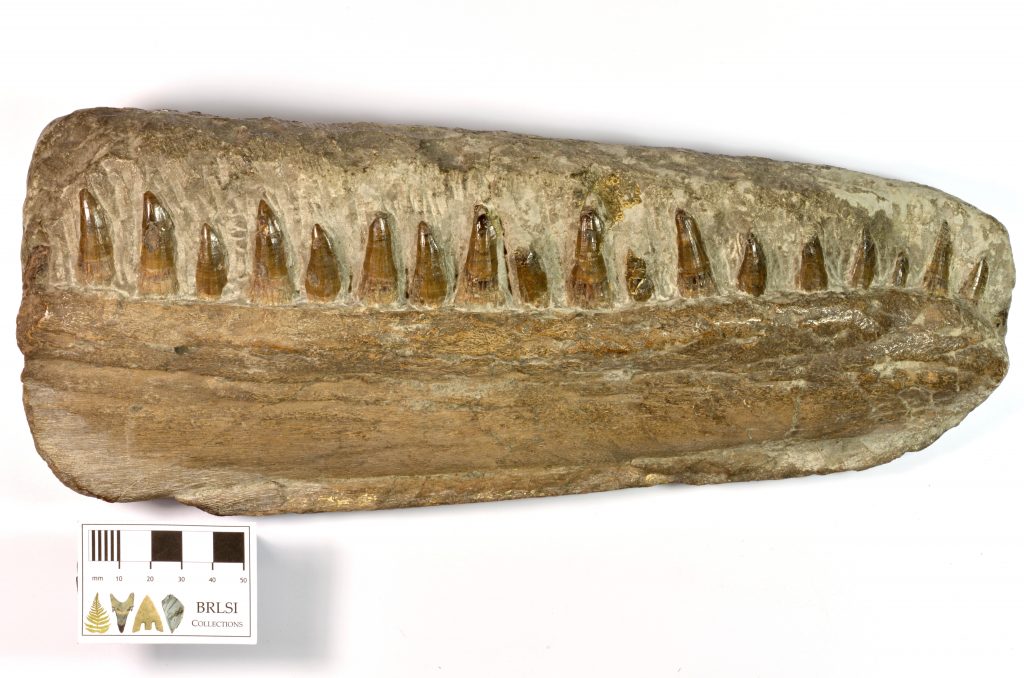
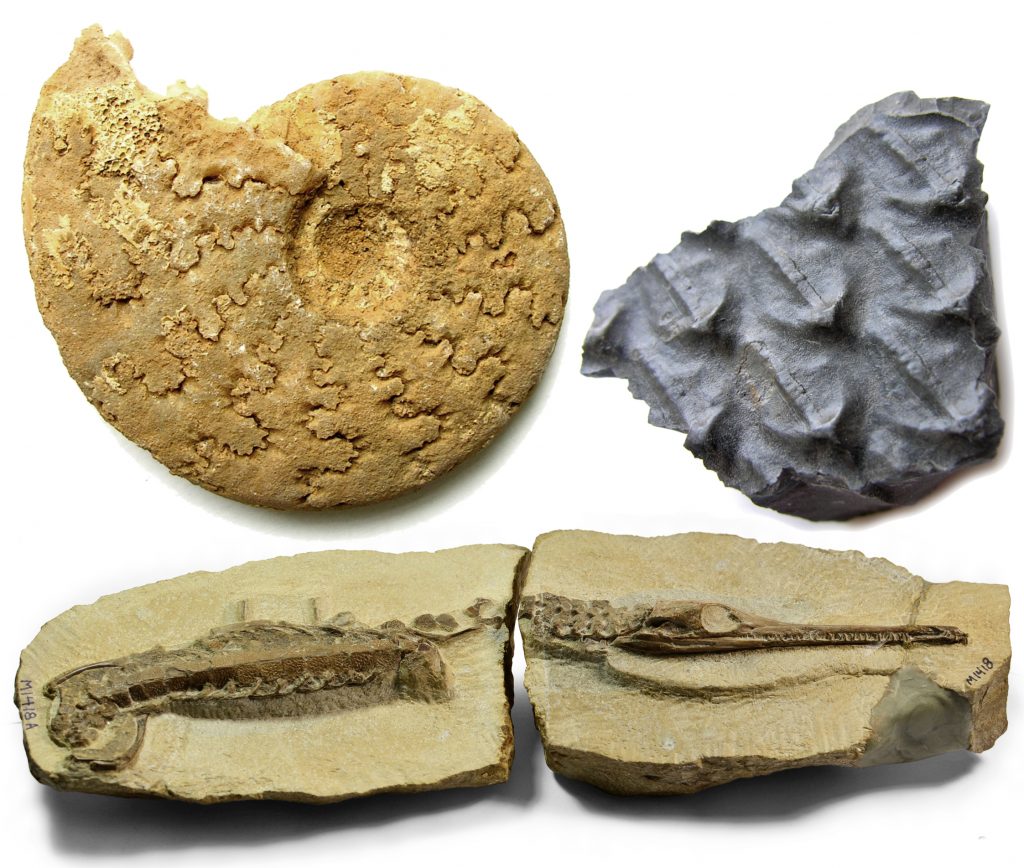
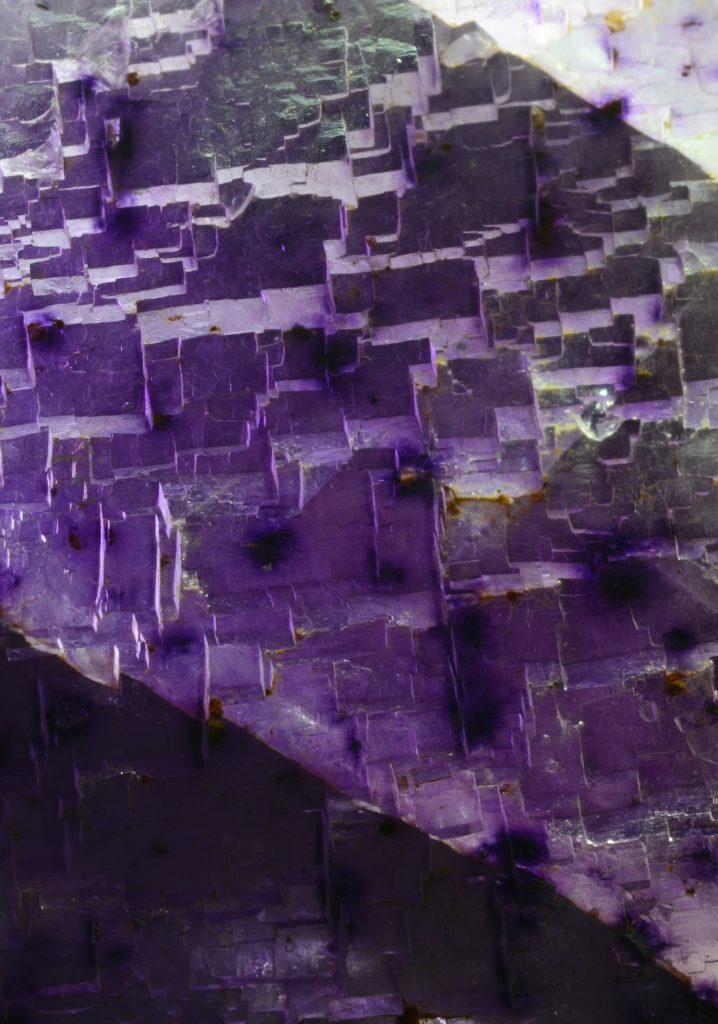
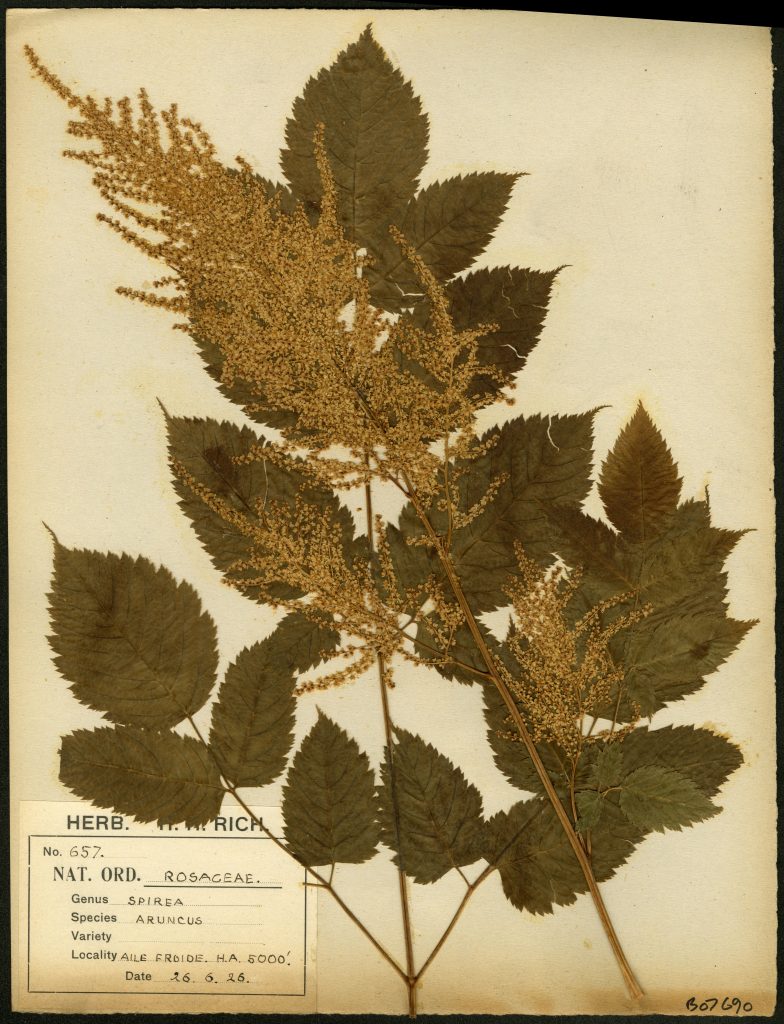
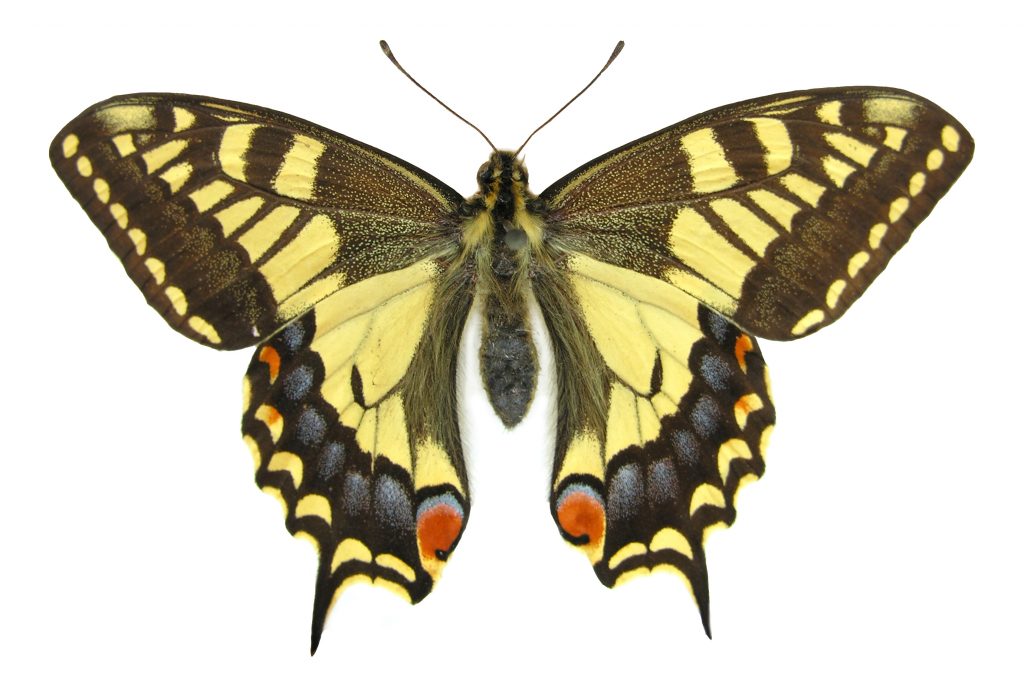
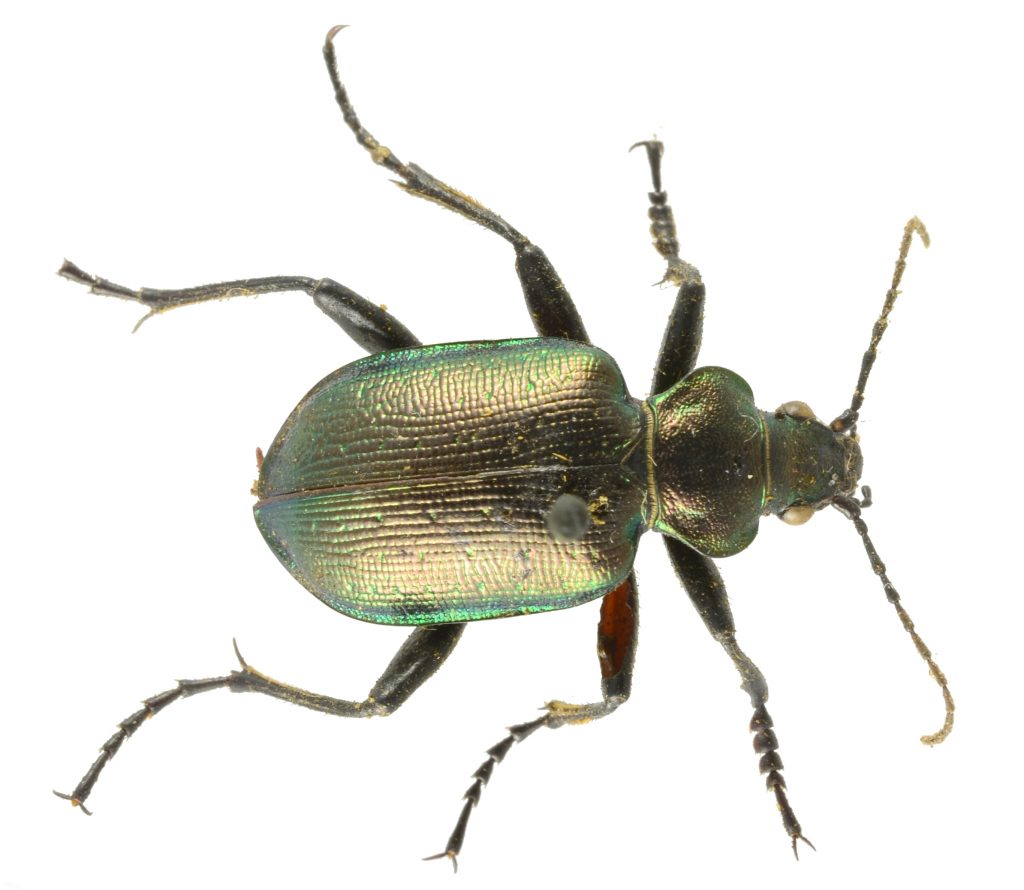
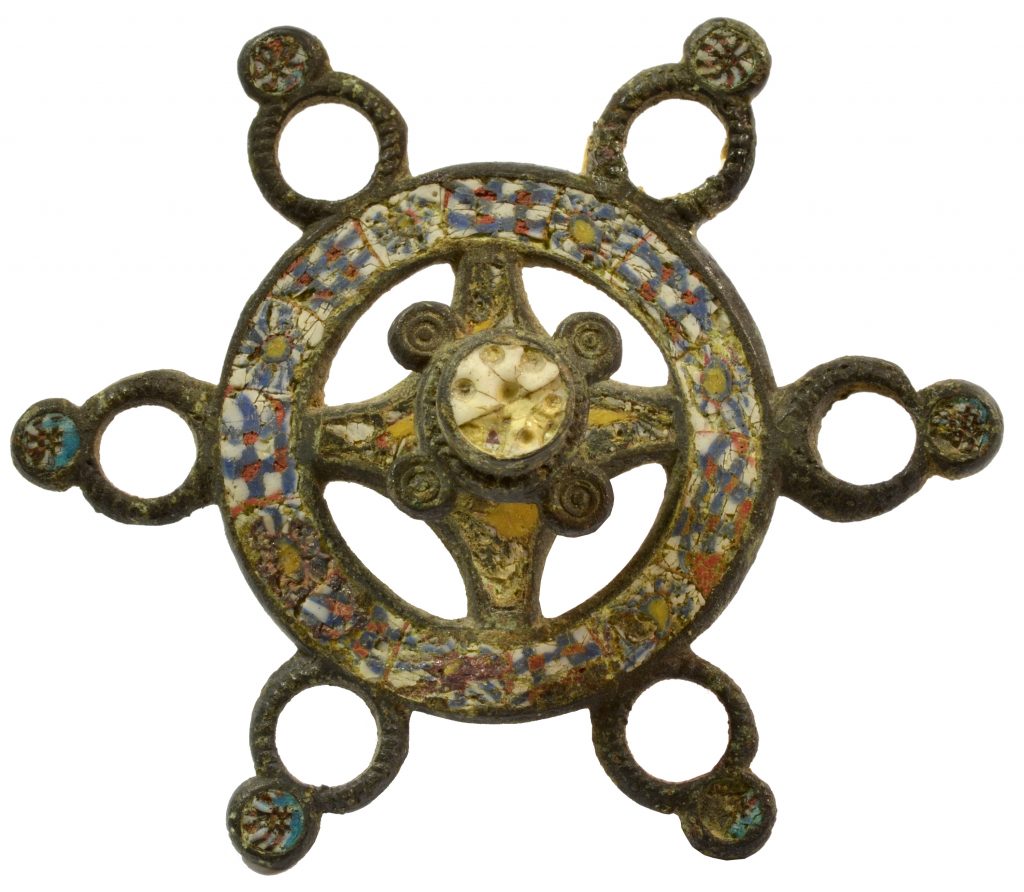
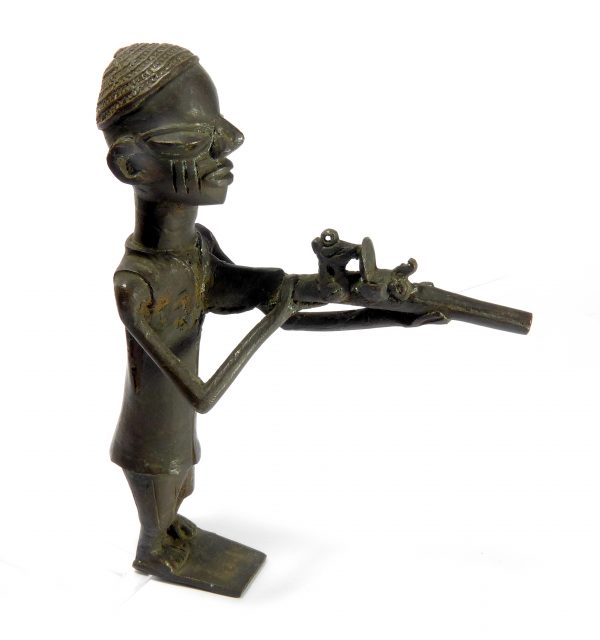
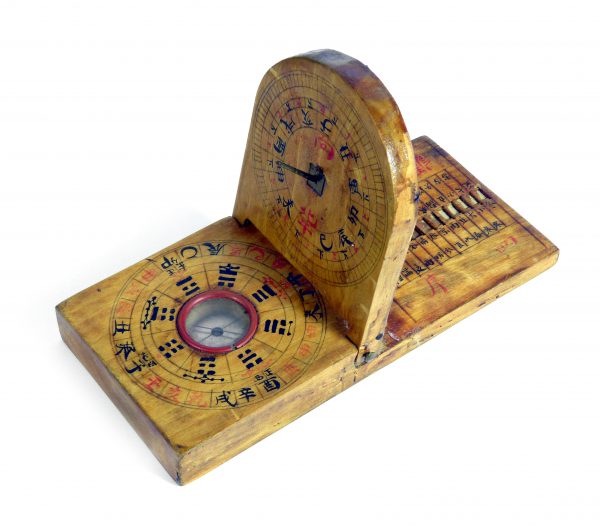

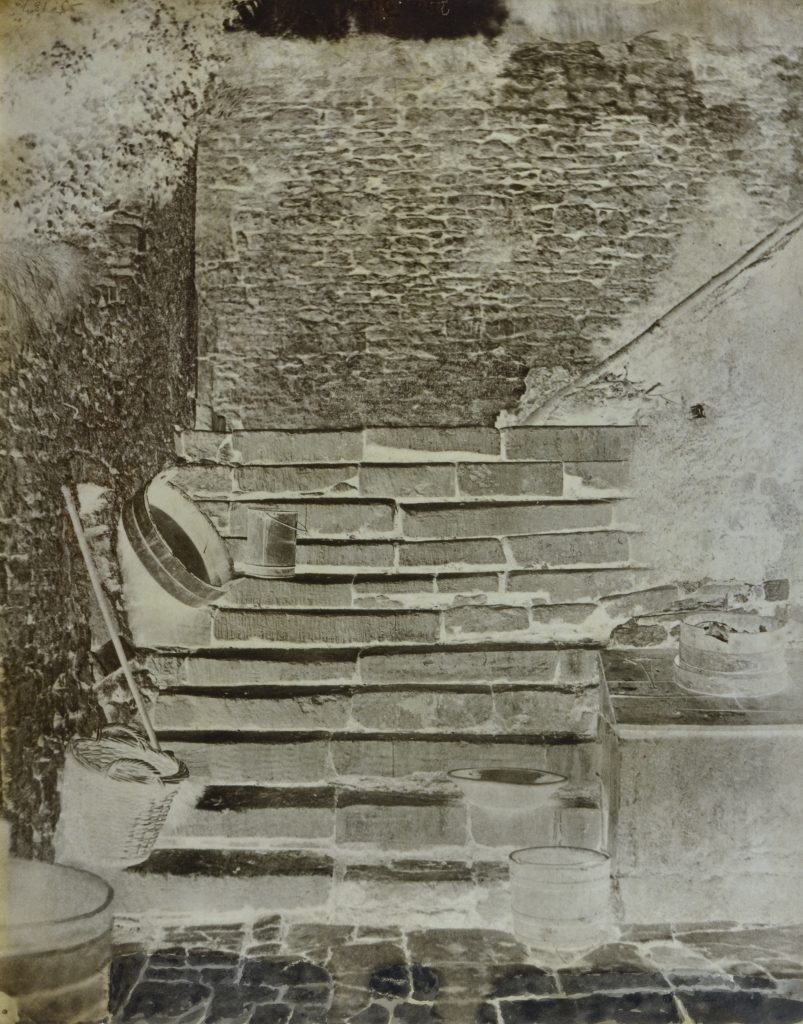

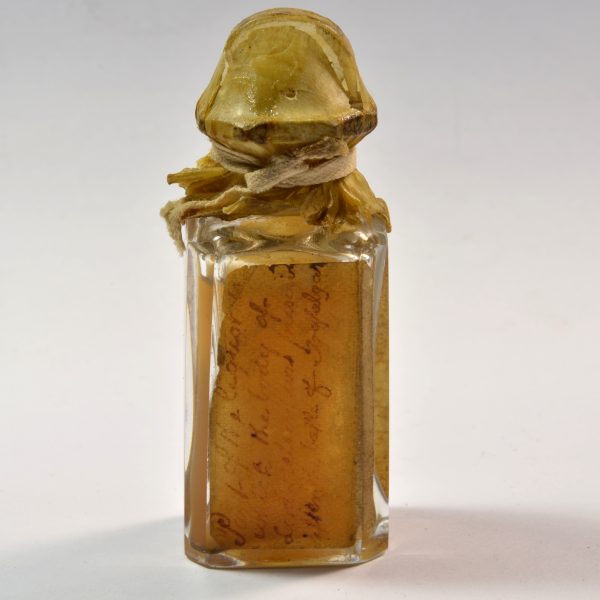
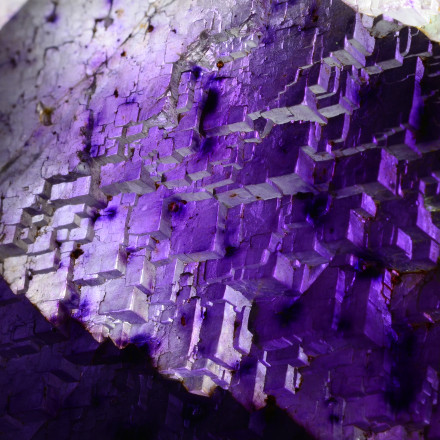
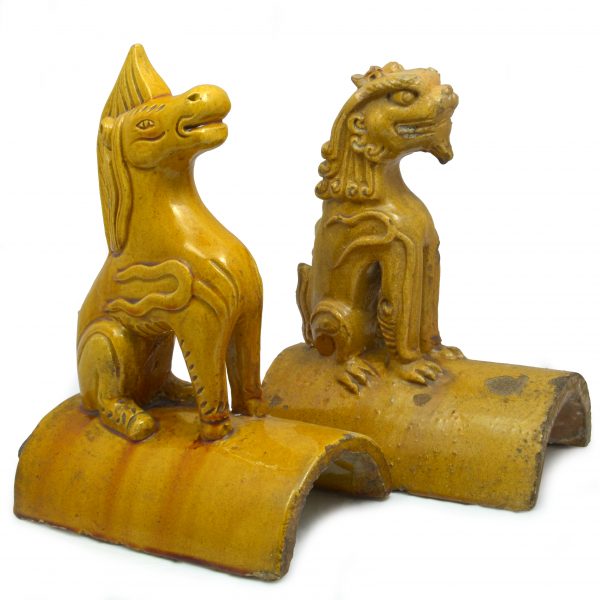
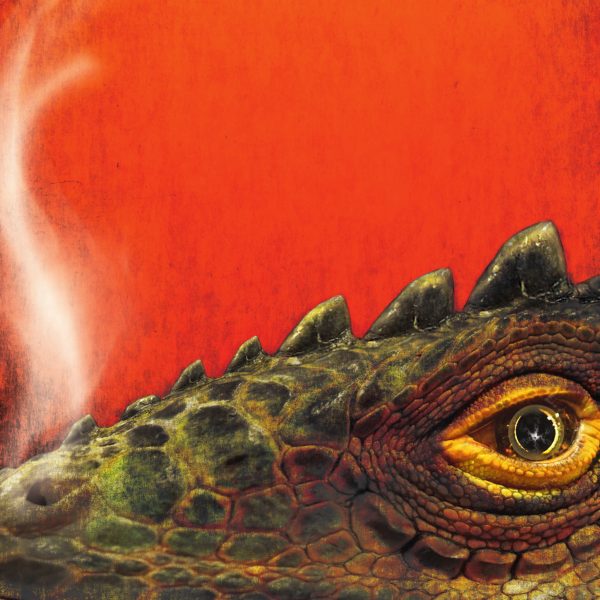
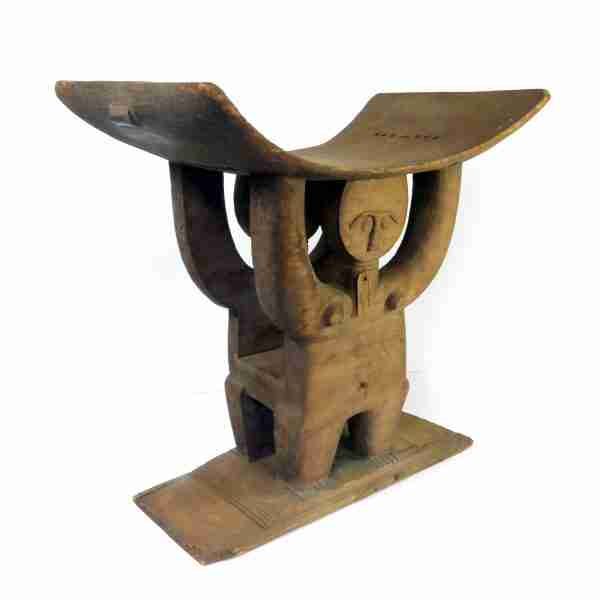
![Narrative of the surveying voyages of His Majesty's ships Adventure and Beagle, between the years 1826 and 1836, describing their examination of the Southern shores of South America, and the Beagle's circumnavigation of the globe / [edited by R. Fitzroy].](https://www.brlsi.org/wp-content/uploads/2021/04/The-Beagle-600x600.jpg)
